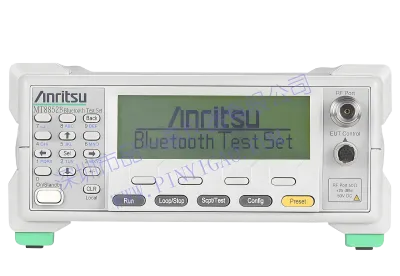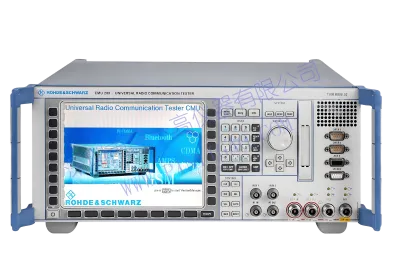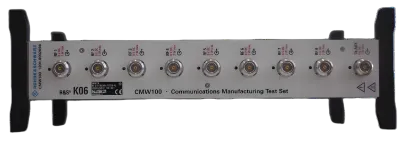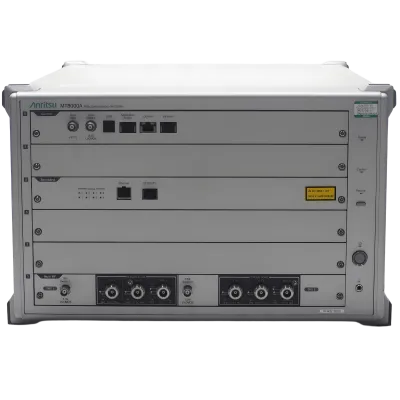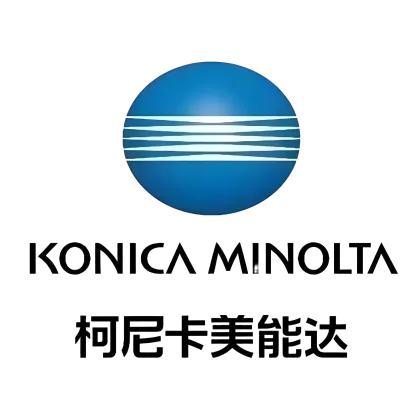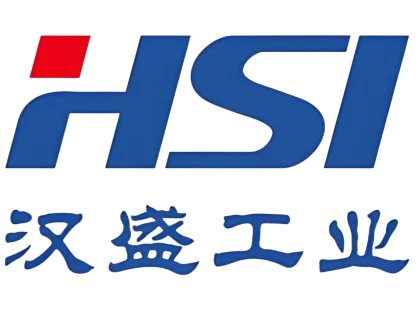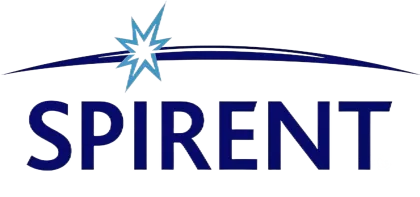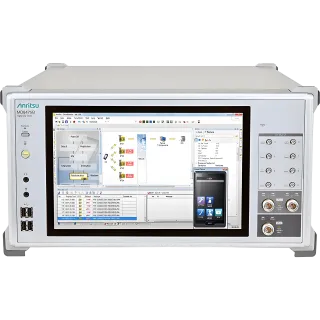

Signalling Tester (Base Station Simulator)
Manufacturers
Anritsu
Other Recommendations
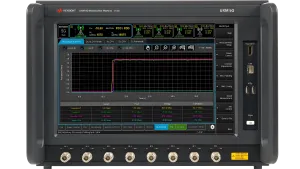
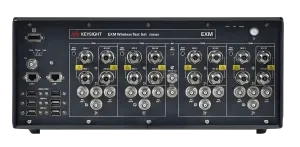
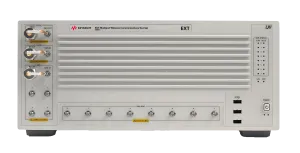

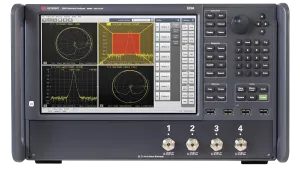
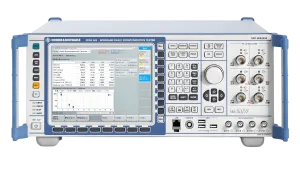
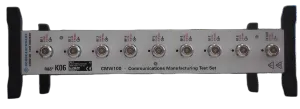

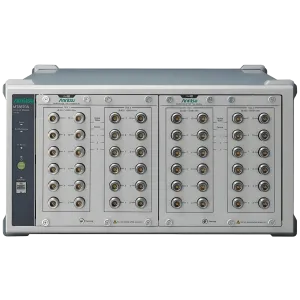
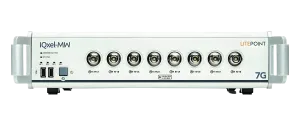
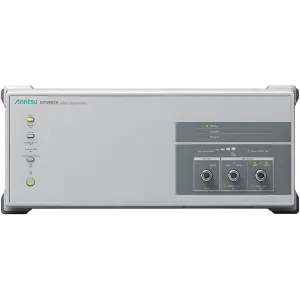
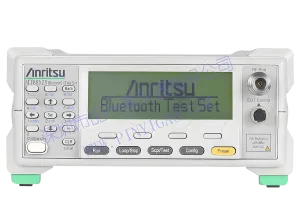



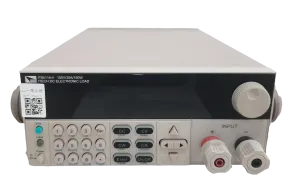
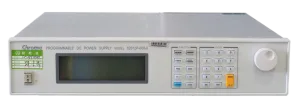
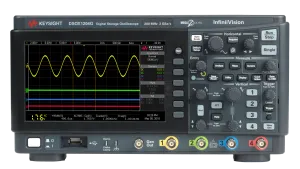

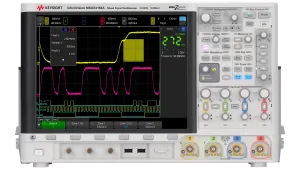
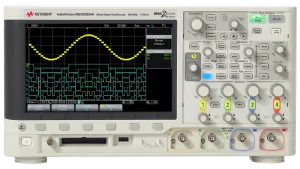
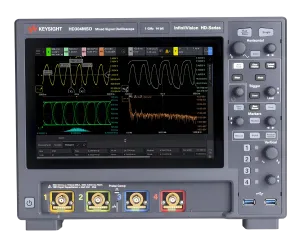
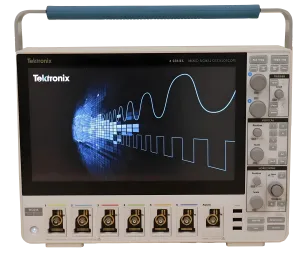

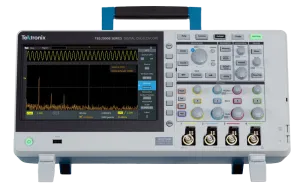
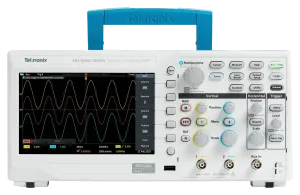
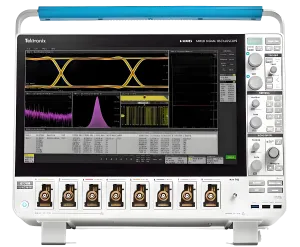
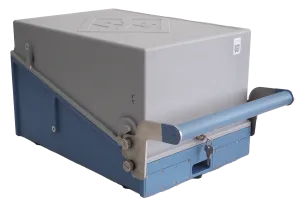
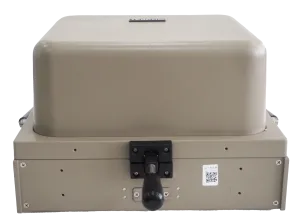
Technical Overview
Multi-mode Base Station Simulator Signaling Tester, supports LTE/LTE-Advanced (3CA/4CA/5CA), W-CDMA/HSPA, GSM/TD-SCDMA standards. Features 8TX/4RX RF (≤6GHz), 2Gbps IP traffic testing and VoLTE verification. Automated testing via SmartStudio GUI, suitable for multi-mode terminal R&D, carrier certification, and production line batch testing
🔗 Full-Standard Support
Covers 2G-4G standards including LTE-A/5CA, W-CDMA, GSM. Tests multi-mode terminals (e.g., LTE+WCDMA dual-SIM phones)
📡 5CA Aggregation
Supports 3/4/5 carrier aggregation. Single unit achieves LTE-A 2Gbps peak rate testing (CA feature)
🤖 Automated Testing
180+ preset cases, supports Android terminal auto-control. Production line efficiency improved by 60% (Automation feature)
| Core Parameter | Detailed Specifications | Application Value |
|---|---|---|
| Multi-standard & Aggregation | Supports LTE-A (3CA/4CA/5CA), W-CDMA/HSPA, GSM/TD-SCDMA. 8TX/4RX RF (≤6GHz) | One-stop testing for multi-mode terminals (e.g., LTE+GSM IoT modules). Eliminates multi-device switching delays |
| Data & Voice Testing | 2Gbps IP transmission (Built-in traffic generator). CSCF server supports VoLTE (IMS service). SIP message script testing | Verifies 5G phone high-speed downloads (e.g., 1Gbps video streaming) and VoLTE call quality (MOS score ≥4.0) |
| Automation & Compatibility | SmartStudio GUI, 180+ preset cases, Android terminal auto-control, eCall/NG-eCall standards | Phone production testing shifts from manual (30min/unit) to automated (5min/unit). Pass rate accuracy increases to 99.9% |
Core Application Scenarios
Smartphone R&D Validation — Uses 5CA aggregation to test flagship LTE-A peak rates (Target: 2Gbps). Verifies seamless VoLTE handover (LTE→GSM) with interruption <200ms
IoT Module Production Testing — Automated scripts execute 180+ cases. Tests LTE-M module 3CA data transfer (Rate ≥300Mbps) and eCall emergency function (ETSI compliant). Single-shift capacity reaches 5000 units
Carrier Certification Testing — Simulates multi-cell environments (LTE & W-CDMA neighbors). Verifies terminal cell handover success rate (≥99.5%). Measures offload handover delay (LTE→WLAN <500ms)
Scenario Deep Dive
Core Technical Architecture
Features "Multi-standard Baseband Processing + RF Aggregation Engine + Intelligent Protocol Emulation" architecture:
1. Hardware Platform: Built-in 8TX/4RX RF frontend (Frequency ≤6GHz). Supports multi-carrier parallel generation (Instantaneous bandwidth ≥500MHz at 5CA). Low phase noise (≤-110dBc/Hz@10kHz) ensures multi-carrier signal purity
2. Protocol Processing: Multi-core processor-based layered protocol stack. Supports 3GPP LTE-A (R15), W-CDMA (R99-R10) standards. Real-time SIP/IMS message parsing (VoLTE). Processing rate ≥1000 messages/sec
3. Software & Automation: SmartStudio GUI (Visual test environment configuration). Script engine supports Python/VBScript (Custom SIP sequences). Built-in 180+ test case library. Integrates with Android ADB for terminal auto-control
| Technical Dimension | MD8475B Signaling Tester | Traditional Single-Standard Tester | Advantage Demonstration |
|---|---|---|---|
| Multi-mode Test Efficiency | Single unit supports all standards. 5CA test time: 30min. Zero-delay mode switching | Requires 3-4 devices (LTE/UMTS/GSM). Same test takes 2 hours. Switching requires re-cabling | Smartphone R&D: Multi-standard compatibility testing efficiency ↑300%. Equipment cost ↓60%. Error rate ↓5%→0.5% |
| VoLTE Test Capability | Built-in CSCF server. SIP scripting (Abnormal message injection). Auto MOS scoring (Accuracy ±0.1) | Requires external IMS server. Manual SIP analysis. MOS error >0.5 | Phone VoLTE testing: Edge case coverage (e.g., SIP 488 error) ↑30%→90%. R&D cycle shortened by 2 months |
LTE-A 5CA Carrier Aggregation Rate Test Workflow
Device Connection: MD8475B connects to DUT (e.g., 5G phone) via RF cable. Ethernet port connects to high-speed switch (simulates core network). Control PC runs SmartStudio (loads 5CA template). Terminal connects via USB (ADB control)
Test Configuration:
- Carrier parameters: 5 LTE carriers (Band 1/3/7/20/28), 20MHz each (100MHz total bandwidth). Modulation: 256QAM
- Traffic settings: Internal generator initiates UDP downlink (2Gbps), duration 60s, records throughput fluctuation
- Measurements: Peak throughput (Target ≥1.8Gbps), throughput stability (Fluctuation ≤10%), inter-carrier handover success rate (≥99.9%)Test Execution:
- Aggregation start: Device activates 5 carriers simultaneously. Terminal completes CA (RRC reconfiguration time: 1.2s < standard 2s)
- Data transmission: After 2Gbps injection, peak throughput measured at 1.92Gbps (Pass). 30s fluctuation: 8% (≤10% → Pass)
- Interference test: Band 7 disabled (simulates signal loss). Terminal switches to remaining 4 carriers. Handover delay: 30ms (< standard 50ms)Optimization Recommendation: At cell edge (RSRP=-110dBm), throughput drops to 1.2Gbps (< target 1.5Gbps). Suggested optimization: Relax CA activation threshold from -105dBm to -115dBm. Retest throughput ↑1.6Gbps (Pass)
Usage Precautions
1. Before multi-carrier aggregation tests, calibrate power balance across carriers (Deviation ≤0.5dB). Otherwise terminal demodulation performance degrades (EVM worsens 1-2%)
2. For VoLTE testing, SIP scripts must include edge cases (e.g., INVITE timeout, BYE retransmission). Use "Script Template Library" to avoid manual errors
3. In automated testing: Enable USB debugging on Android terminals. Ensure stable ADB connection (Use dedicated cables). Verify terminal firmware compatibility before executing 180+ cases (Prevent API change failures)


